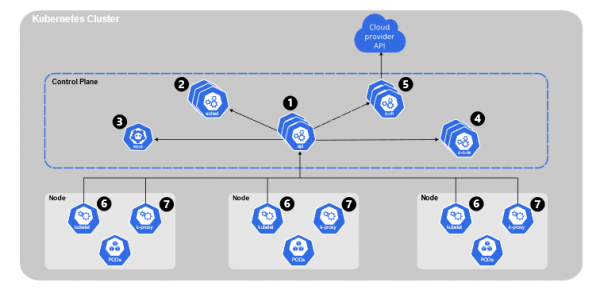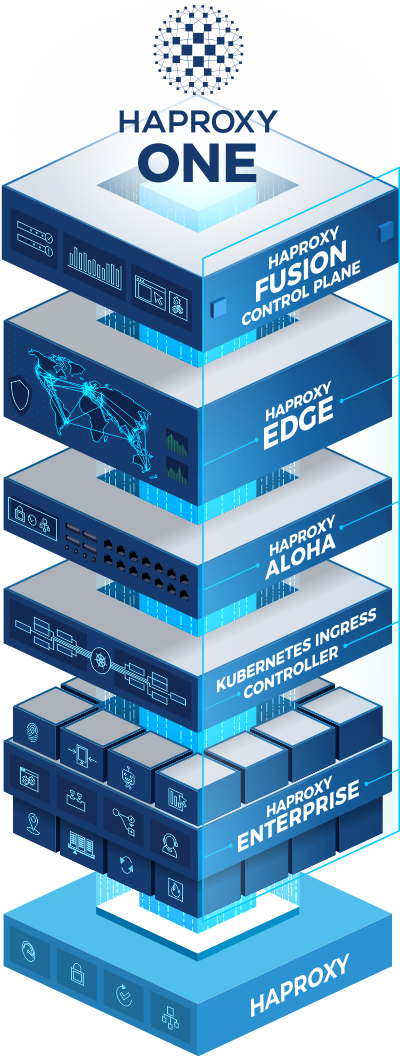

- #Controlplane kubernetes how to#
- #Controlplane kubernetes install#
- #Controlplane kubernetes upgrade#
- #Controlplane kubernetes software#
This is exactly what kubeadm sets us up to do. It uses the API server but it doesn't depend on it so we can actually use the Kubelet to manage the control plane components. kubeadm and the kubeletįortunately, Kubernetes has a component called the Kubelet which manages containers running on a single host.
#Controlplane kubernetes upgrade#
This will make sure they are always running but won't make it easy to upgrade the components later. One way to make sure the control plane components are always running is to use systemd.
#Controlplane kubernetes install#
But there are a number of things you have to think about, like how do you make sure each of them are always running? How do you update the components easily with as little impact to the system as possible? You could install them directly on the host machine by downloading them and running them but if they crash then you'd have to restart them manually. These components need to be installed on your master and can be installed in a number of ways.

The API server depends on etcd so an etcd cluster is also required. The Kubernetes control plane consists of the Kubernetes API server ( kube-apiserver), controller manager ( kube-controller-manager), and scheduler ( kube-scheduler).
#Controlplane kubernetes how to#
The documentation for kubeadm outlines how to set up a cluster but as I was doing that I found how kubeadm actually sets up the master to be really interesting so I wanted to share that here. kubeadm really makes this easier so I suggest you give it a try. One of the most frequent criticisms of Kubernetes is that it's hard to install. If the check fails, the node is ignored until it becomes healthy.Kubeadm is a new tool that is part of the Kubernetes distribution as of 1.4.0 which helps you to install and set up a Kubernetes cluster. Only healthy nodes running all necessary services are eligible to run the pod. Kubernetes then checks that the kubelet registered to the API server matches the node’s metadata.name field. The example below is a JSON manifest that creates a node object. Once a node object is created manually or by the kubelet, the control plane validates the new node object. You can manually add nodes to a Kubernetes cluster, or let the kubelet on that node self-register to the control plane. Here is how to perform common operations on a Kubernetes node. Related content: Read our guide to Kubernetes architecture › Working with Kubernetes Nodes: 4 Basic Operations

There are several container runtimes supported by Kubernetes, including Containerd, CRI-O, Docker, and other Kubernetes Container Runtime Interface (CRI) implementations.
#Controlplane kubernetes software#
The software layer responsible for running containers. Kube-proxy can directly forward traffic or use the operating system packet filter layer. Network rules enable network communication between nodes and pods. It is responsible for maintaining network rules on each node. kube-proxyĪ network proxy running on each Kubernetes node. It receives commands from the API server and instructs the container runtime to start or stop containers as needed. The Kubelet is responsible for managing the deployment of pods to Kubernetes nodes. Here are three main Kubernetes node components: kubelet

The kubelet is in charge of facilitating communication between the control plane and the node. When scheduling pods, the control plane assesses the resources available on each node.Įach node runs two main components-a kubelet and a container runtime. Kubernetes nodes are managed by a control plane, which automatically handles the deployment and scheduling of pods across nodes in a Kubernetes cluster. It can be a physical (bare metal) machine or a virtual machine (VM). A Kubernetes node is a worker machine that runs Kubernetes workloads.


 0 kommentar(er)
0 kommentar(er)
